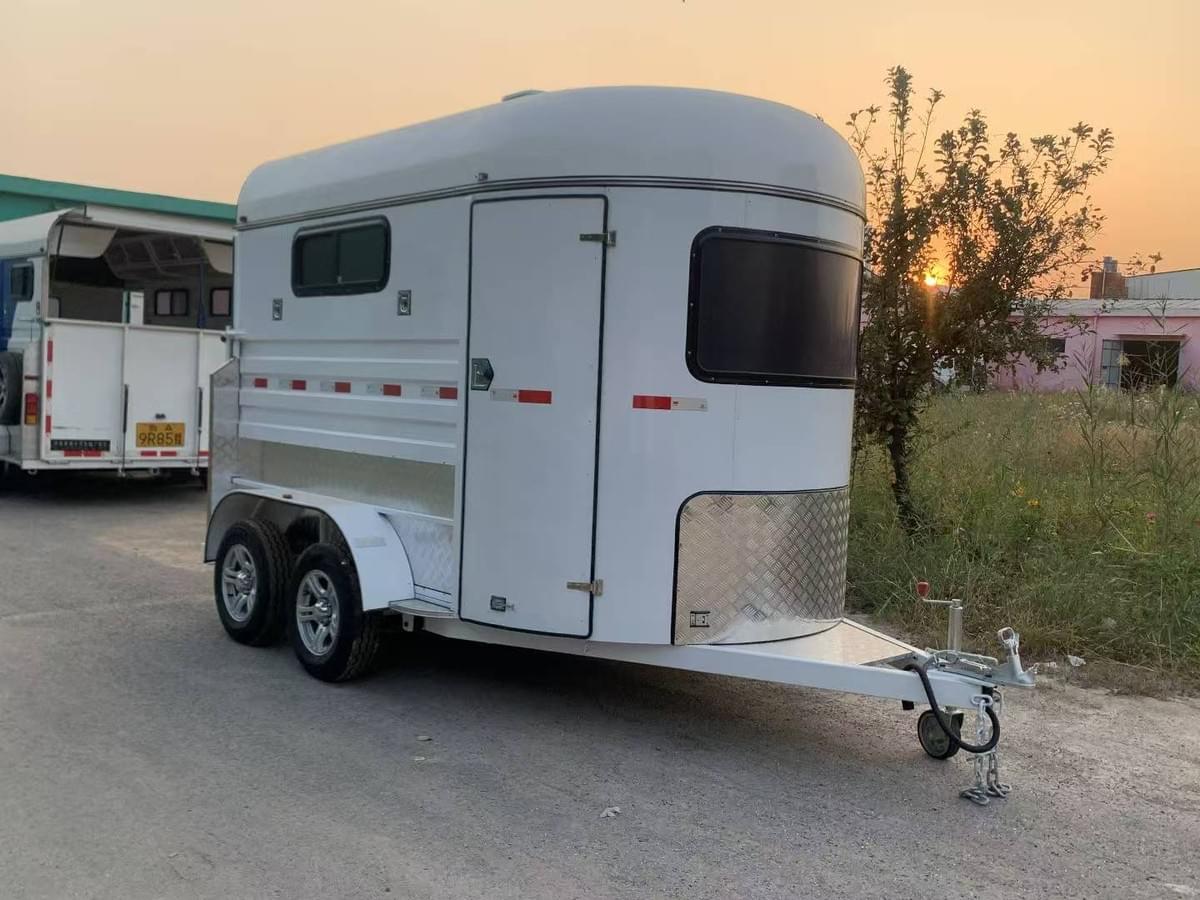In modern animal husbandry, the transportation of livestock is a crucial link that directly affects the health of animals and economic benefits. Livestock transport vehicles have been specifically designed to meet the unique needs of transporting animals safely and efficiently. Here are some of the key features of these specialized vehicles:
1. Comfortable and Safe Internal Environment
Livestock transport vehicles are designed to provide a comfortable environment for the animals. The interior of the vehicle is often equipped with ventilation systems to ensure a continuous supply of fresh air. Some advanced models even have air conditioning and heating systems to maintain a stable temperature, which is especially important for transporting animals over long distances or in extreme weather conditions. Additionally, the vehicles are equipped with drinking and feeding systems to meet the basic needs of the animals during transit. These features help reduce stress and improve the well-being of the animals.
2. Efficient and Ergonomic Design
The design of livestock transport vehicles focuses on maximizing space utilization and ease of loading and unloading. The interior is usually divided into multiple compartments, each with adjustable partitions to accommodate different sizes and types of animals. This design not only prevents animals from injuring each other but also allows for better control over the loading density. Some vehicles are equipped with hydraulic tailgates that can be raised and lowered to facilitate the entry and exit of animals. This not only speeds up the loading and unloading process but also reduces the risk of injury to both the animals and the handlers.

3. Advanced Safety Features
Safety is a top priority in the design of livestock transport vehicles. These vehicles are equipped with advanced braking systems and stability control devices to ensure smooth and stable driving, even on complex road conditions. The reinforced structure of the vehicle body and collision-resistant design further enhance the safety of the animals during transportation. In addition, some vehicles are equipped with monitoring systems that allow drivers to keep an eye on the animals in real time. This helps in detecting any potential issues early and taking prompt action.
4. Environmental Considerations
Modern livestock transport vehicles are also designed with environmental protection in mind. They are equipped with waste collection systems to prevent the spillage of animal waste during transportation. This not only helps in maintaining cleanliness but also reduces the impact on the environment. Some vehicles also have features such as air filtration systems to prevent the spread of pathogens, which is crucial in maintaining biosecurity.
5. Customization and Adaptability
One of the significant advantages of livestock transport vehicles is their adaptability to different needs. They can be customized according to the specific requirements of the user, such as the size of the vehicle, the number of compartments, and the type of animals to be transported. This flexibility makes them suitable for a wide range of applications, from small-scale farms to large commercial operations.
Livestock transport vehicles play a vital role in the modern animal husbandry industry. Their unique features ensure the safe, efficient, and humane transportation of animals. As technology continues to advance, we can expect these vehicles to become even more sophisticated, further improving the welfare of animals and the efficiency of livestock transportation.
